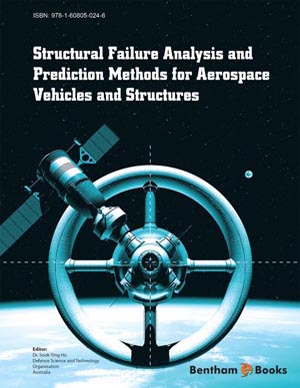Abstract
This chapter discusses the structural analysis aspects of aerospace structures focusing on vibration induced fatigue. Metal Fatigue of dynamically loaded structures is a very common phenomenon in engineering practice. Several aerospace structures are used in environments where they experience dynamic loading. Furthermore, when the loading is dynamic, the response of the structure is affected by the structural resonances. Thus, the structural response to the loading will amplify at the regions of resonance. As a case study, an antenna (12-59 V/UHF) integration process on helicopter is investigated where the importance of the dynamic response is highlighted. Flight tests and finite element analyses (FEA) are carried out to ensure the safety of the integration process. Furthermore, another important aspect of the structural analysis of aerospace structures is the testing strategy. In this study, the fatigue tests performed by uni-axial tests which is a procedure defined in military standards are compared to multi axial testing. The results are shown for a helicopter Chaff/Flare Dispenser Bracket. The military standards assume that cumulatively uniaxial testing has equal multi axial testing fatigue damage. In this study, the uni-axial fatigue tests were compared to multi axial fatigue tests which were performed by FEA simulations. Furthermore, the effects of various loading conditions and geometries were investigated. The study showed that the assumption of multi axial testing can be represented by uni-axial testing does not hold for various cases.
Keywords: Computer modeling and simulation, Multi-axial testing, Uni-axial fatigue testing error, Vibration induced fatigue.


















